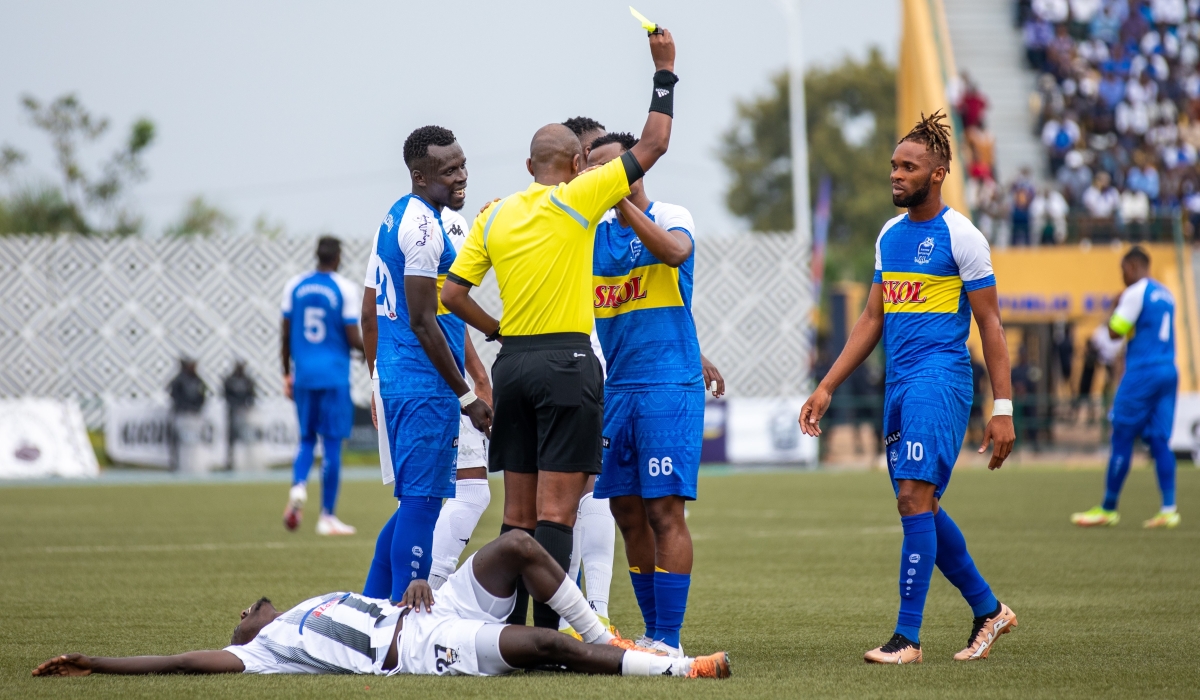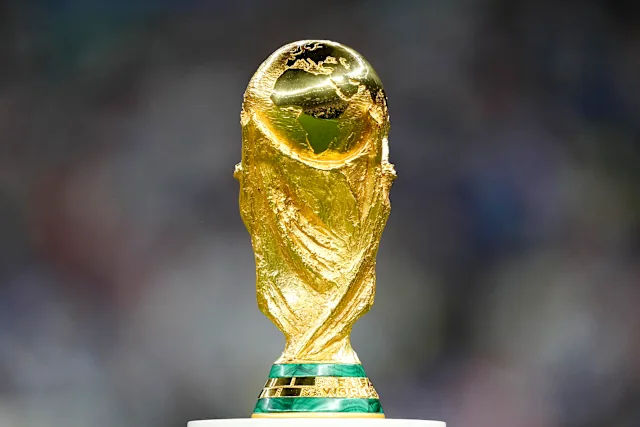As anyone can observe, football in Africa is struggling — not only financially but in terms of general development and competitiveness. This unfortunate situation is not random; it is deeply rooted in systemic issues that make it difficult to overcome. In this article, we explore the core reasons behind the poverty of football on the African continent.
When you look across all aspects of African football, you’ll find widespread challenges. The poverty of the sport largely stems from the clubs playing in national leagues across African countries. National football federations in these countries also play a significant role in the sport’s underdevelopment.
Clear Signs That African Football Is Struggling
1. Club-Level Financial Problems:
Across many African countries, football clubs often suffer from financial hardships. They struggle to afford equipment, pay players, organize matches, or even remain in the top divisions. For example, in Rwanda and Burundi, some clubs lack the funds to stay in the first division. Without government support, many clubs would collapse entirely.
2. Poor Infrastructure:
Unlike clubs in Europe that own stadiums and training facilities, very few African clubs have their own stadiums. As a result, they must rent stadiums, which drains their limited finances. Often, the revenue they generate doesn’t even cover these costs.
3. Corruption Among Players:
Low wages and lack of professionalism lead many players to accept bribes. Some intentionally underperform or fake injuries after being paid by rival teams. This not only hurts their own clubs but also damages the credibility of the sport.
4. Biased Refereeing:
Poor officiating is common, with referees often accused of taking bribes. In many cases, this stems from their low salaries, making them vulnerable to corruption.
5. Lack of Investment in Football:
In Europe, football is a multi-billion-dollar business, with wealthy individuals and companies eagerly investing. In contrast, African investors are reluctant to inject money into football due to minimal or no financial return.
These are not the only signs of poverty in African football. Other problems include:
-
Poor match attendance,
-
Limited access to games via TV or streaming,
-
Low-quality game footage,
-
Lack of VAR (Video Assistant Referee) technology in stadiums,
and many more.
Root Causes of Poverty in African Football
1. Lack of Financial Resources:
Let’s be honest — most African football clubs, especially those in Sub-Saharan Africa, are deeply underfunded. Players are often paid as little as $50 to $100 per month. Few clubs can afford to pay above $100, which we found through research conducted across various regions. This low pay discourages commitment and professionalism.
2. Inadequate Infrastructure:
Having proper infrastructure enables clubs to generate income. In Rwanda, for instance, there are many stadiums, but only three meet CAF standards (Amahoro Stadium, Kigali Pele Stadium, and Huye Stadium). All are owned by the government or local authorities — not the clubs themselves. This means clubs must rent these venues, sometimes paying over 10 million RWF ($8,000+) per match, money that could have been saved if they owned their stadiums.
3. Low Fan Base:
Clubs in Europe benefit from thousands of loyal fans who regularly attend matches. In Africa, some clubs don’t even have 1,000 supporters across the entire country. With such limited support, match-day income is minimal. Imagine a club hosting a game and failing to generate at least 2 million RWF ($1,600). This contributes heavily to financial instability.
4. Corruption:
Corruption is rampant in many African leagues. Teams win championships through bribes — paying referees, buying off players from rival teams, and manipulating results. This creates an unfair competitive environment.
5. Widespread Poverty Among Citizens:
When a large portion of the population is struggling financially, football suffers too. People can’t afford tickets, so they don’t attend games. Clubs are then forced to lower ticket prices, reducing income further.
6. Lack of Sponsors:
European clubs partner with companies for sponsorship deals, creating mutually beneficial business relationships. In Africa, most clubs lack sponsors and rely on the limited funds of their owners or occasional government support.
Can These Problems Be Solved?
Solving these issues is very difficult. Even in international competitions, very few African clubs qualify, and when they do, it’s usually only the wealthier ones that make it far. For example, in Europe, a team can have a bad season and bounce back the next year, possibly qualifying for UEFA Champions League or Europa League. In Africa, only two clubs from each country usually make it into CAF competitions, and the ones that succeed often have large financial backing.
Championships in most African countries are dominated by the same teams year after year. Some clubs have won league titles for over a decade without serious competition. This is because other clubs can’t afford top players to match the powerhouses, and sometimes, corruption further widens the gap.
African football is in a state of deep poverty — financially, structurally, and culturally. From underfunded clubs to poor infrastructure, from corruption to the lack of investment and fan engagement, the challenges are many and interconnected. While it’s not impossible to solve these issues, it will require a multi-level commitment from governments, private investors, local communities, and football authorities. Without serious reform and investment, African football risks remaining stuck in a cycle of struggle and underperformance — despite the immense talent the continent continues to produce.



Post Comment